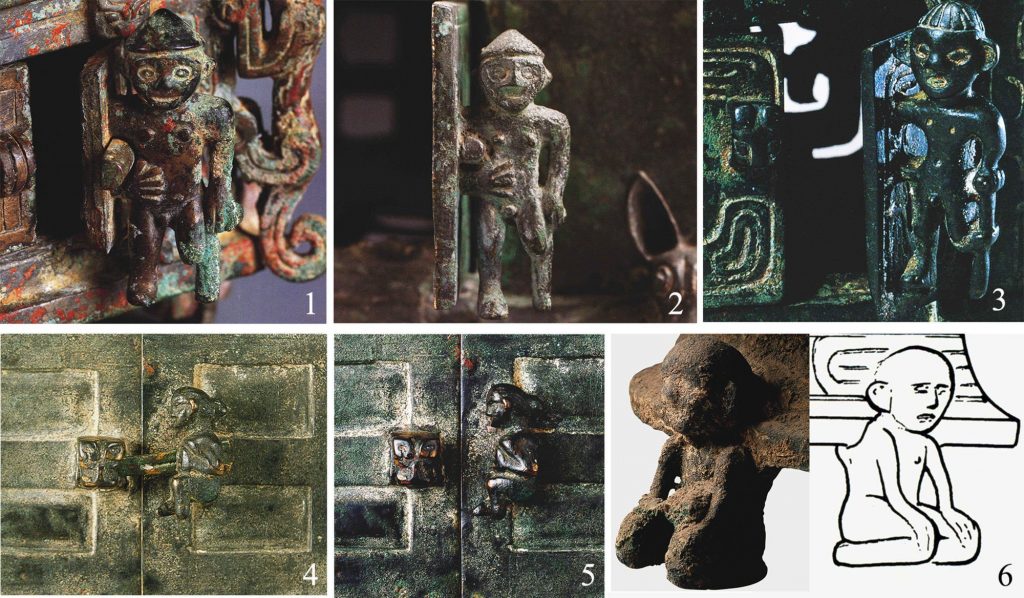The 3,000-year-old remains reveal the horrors of ancient China
Recently, researchers from Peking University have found the remains of a woman in an ancient tomb near Baoji, Shaanxi province, China – a site associated with the Zhou Dynasty.
X-ray results showed that the remains belonged to a woman aged between 30 and 35 years old with an amputated right foot.
After careful examination, experts have rejected the hypothesis that this woman has diseases that may require amputation such as diabetes, leprosy, cancer or burns.
Therefore, they believe that this is one of the oldest evidences of the punishment of amputating the feet of criminals in ancient China.
Notably, from biological studies, they also said that this woman still survived for at least about 5 years after the punishment was carried out.

Cutting the feet was one of the five ancient punishments in China. Photo: SCMP.
The penalty of amputation of one or both feet is a practice known as “Yue” and is one of the five punishments of ancient China – a draconian punishment system that lasted for nearly 1,000 years and ended around year 200 BC.
In which, the 5 punishments (wuxing) usually include tattooing (mo), cutting off the nose (yi), cutting off legs (yue), purity of body (gong), execution (dapi).
According to legend, the Emperor in the Xia Dynasty (17th – 15th centuries BC) applied these punishments because these were common punishments used by the Miao tribes.

Pictures of 5 ancient punishments from artifacts in the museum. Photo: SCMP.
In 1999, the remains of an amputee woman were also exhumed. However, archaeologists at that time did not study this issue closely, but were more interested in finding artifacts.
In recent times, evolving technology has helped scientists better define amputations performed as punishment.
Li Nan, a postdoctoral researcher at Peking University, said recent scientific and technological advances have made it more worthwhile to closely study the remains.
at Blogtuan.info – Source: danviet.vn – Read the original article here

